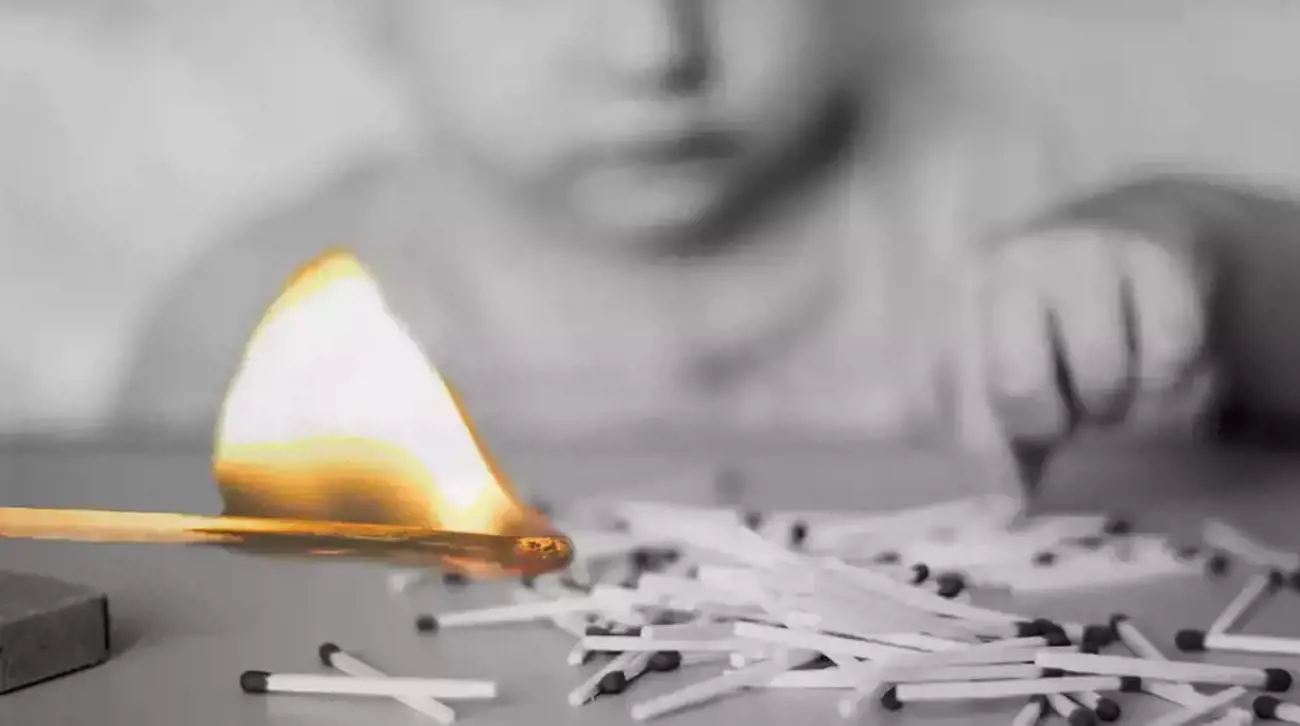Winter is a time for heaters, open fires and hot drinks, and although these toasty delights warm the cockles, they also bring a degree of risk for young children.
Busy little bodies can get burnt without careful supervision, so let’s look at the key ways to prevent accidents from happening, and how to best treat a burn injury.
What are some common causes of burns in children?
Although children can suffer burns anywhere, home is where most burns and scalds occur. The family kitchen is a hotspot for serious burns, and children can also be injured in other rooms (like the bathroom or lounge), the backyard, and in sport and recreational places (like campsites).
According to Kids Health, common causes of childhood burns are:
- Hot food and drinks
- Kitchen appliances
- Heaters
- Irons
- Barbecues; and perhaps a little surprisingly,
- Treadmills.
How does children’s skin burn differently to that of adults?
Skin is the largest organ in the human body and our children’s new and delicate skin is easily burnt. It can take less than a second for a little one to get seriously burnt by spilt tea, coffee, hot soup or noodles, and the experts say that, ‘Children’s skin burns deeper, quicker and at lower temperatures compared to adults.’
As well as causing pain and distress when it happens, a burn can leave a lasting effect on children, with physical and psychological scarring. Families also suffer guilt and a sense of blame when young ones are burnt, so it’s important to prevent accidents from occurring in the first place.
How can parents prevent scalds in children?
A scald is an injury caused by very hot liquid or steam, so it can happen when a child pulls a boiling kettle off the counter, jumps into a too-hot bath or is tempted to touch a steaming iron.
To prevent scalds, you should:
- Supervise your young child at all times when they’re in and around the kitchen and bathroom
- Make sure hot drinks, hot food and all kitchen appliances are safely out of your young child’s reach
- Be very careful when serving hot drinks, or walking with them, when your little one is around
- Always check the temperature of bath water before putting your young child in the tub.
How can parents prevent common burns in children?
The Fiona Wood Foundation says, ‘Burns are an injury to any layer of the skin and are caused by extreme heat or cold, contact with electricity, chemicals, friction or radiation.’ A burn causes skin cells to die, and there are different degrees of burn, depending on how deep the skin injury is.
To prevent common childhood burns, Kids Health advises you to:
- Keep all electrical equipment which heats up out of reach of your child. This includes heaters, kettles, irons and hair straighteners. Make sure it’s unplugged after use and put away
- Install a heat-resistant guard around fireplaces and heaters, ensuring it’s secured to the wall or floor and can’t tip or shift
- Store matches and lighters in a locked cabinet, or up high where your child can’t reach them
- Closely supervise your child around barbecues and don’t use flammable liquids
- Always supervise your child near a campfire and never throw aerosols or accelerants (e.g. petrol, kerosene and turps) into the flames
- If you have a treadmill, only use it when your child isn’t in the room, install a safety guard around the machine and make sure it’s unplugged after every exercise session; and
- Install smoke alarms on all levels of your house and close to the bedrooms.
To learn more, Kids Health has fact sheets focused on irons, heaters and fireplaces, electrical goods, smoke alarms, stoves, ovens and microwaves, flammable clothing, and hot water and scalds.
A stove top guard is also an effective way to protect your little one from hotplates, burners, pots and pans while cooking.
What should you do if your child gets burnt?
If an accident does happen, it’s important that you treat your child’s burn correctly.
The experts advise you to:
- Use cool running water on the burn for exactly 20 minutes
- Remove your child’s clothing and jewellery, if possible
- Call 000 (Triple Zero) or seek medical help if you’re worried or unsure
It’s important that you never use ice, iced water, cream, gel, toothpaste or butter on your child’s burn as these things can actually make it worse.
It’s also important to know that using cool water on a burn is effective within three hours of the burn happening.
You should have a fire blanket handy at home in case flames do break out, and to learn first aid responses for common burns, you’re encouraged to complete this free ‘First Aid for Burns’ online training module.
Of course, prevention is always better than a cure, and although it’s relaxing to snuggle up next to a fireplace or get lost in a hot chocolate, it’s important to stay alert this winter and keep your child out of burns’ way.
References


































